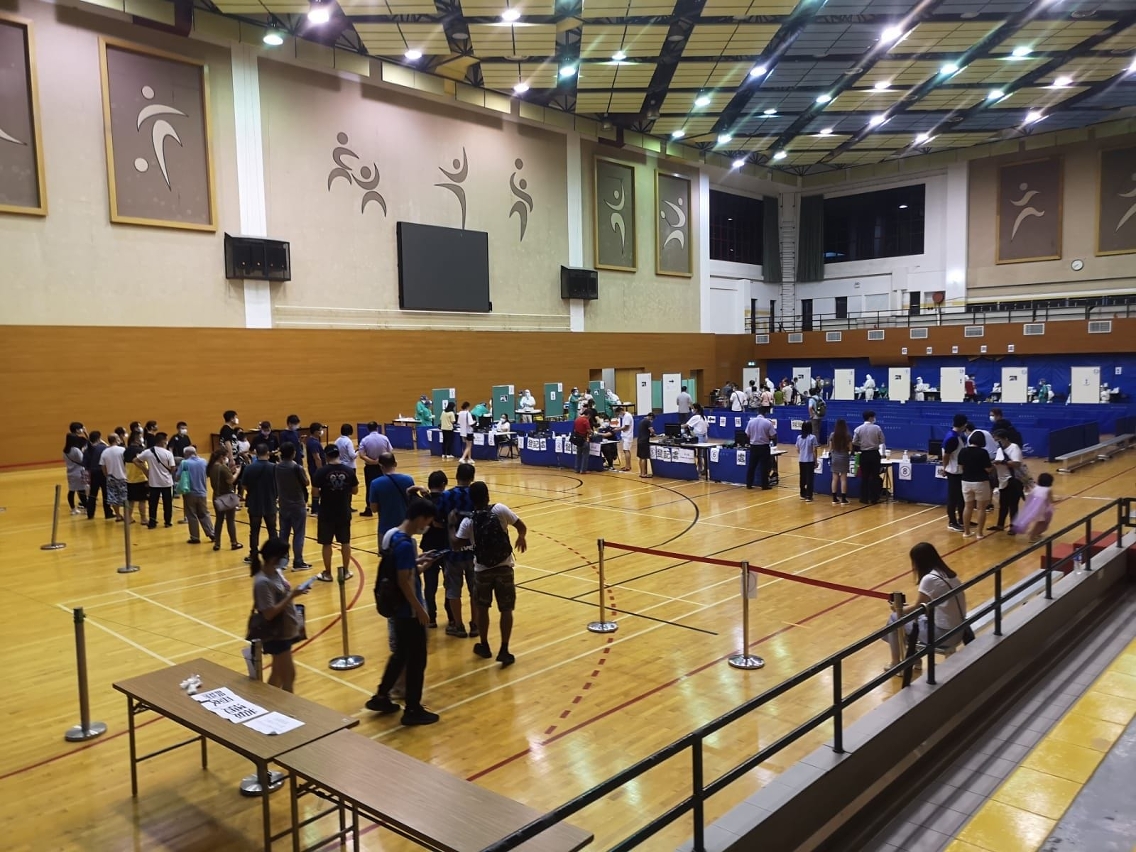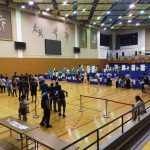 DSEDJ and volunteers help optimize NAT work
DSEDJ and volunteers help optimize NAT work
In order to fully cooperate with the mass nucleic acid testing work of the SAR government, the Education and Youth Development Bureau (the “DSEDJ”) summarized the operation experience of 13 nucleic acid testing stations under its coordination on the first day, and formulated work guidelines and FAQs for the mass NAT stations, optimized various testing procedures, and provide caring lanes to give priority to those in need to take the test, and make a number of improvements to support the requirements of increasing testing volume and improving testing efficiency. On the second day of the testing, the DSEDJ organized a total of about 600 teachers and volunteers, together with the DSEDJ staff, to help the testing work and provide 24/7 service at each station. Volunteers are arranged to assist in triaging and answer residents’ questions, assist the elderlies in making online appointments and generating the Health Code on the spot. With the full support of all walks of life, the work at the NAT stations has been significantly improved, the testing process is significantly smoother and faster than the first day.
The DSEDJ will cooperate with the SAR government to keep improving the nucleic acid testing work, respond to the needs of the public immediately, and continue to work with all walks of life to carry out our responsibilities. At this critical moment of epidemic prevention and control, we would like to send our gratitude again to the education sector for organizing volunteers of teaching staff, youth and social workers to work day and night and selflessly dedicate themselves to protect our hometown.



